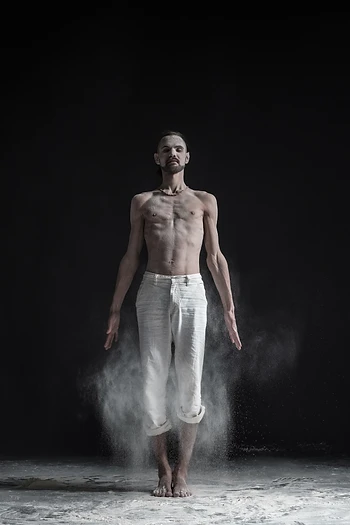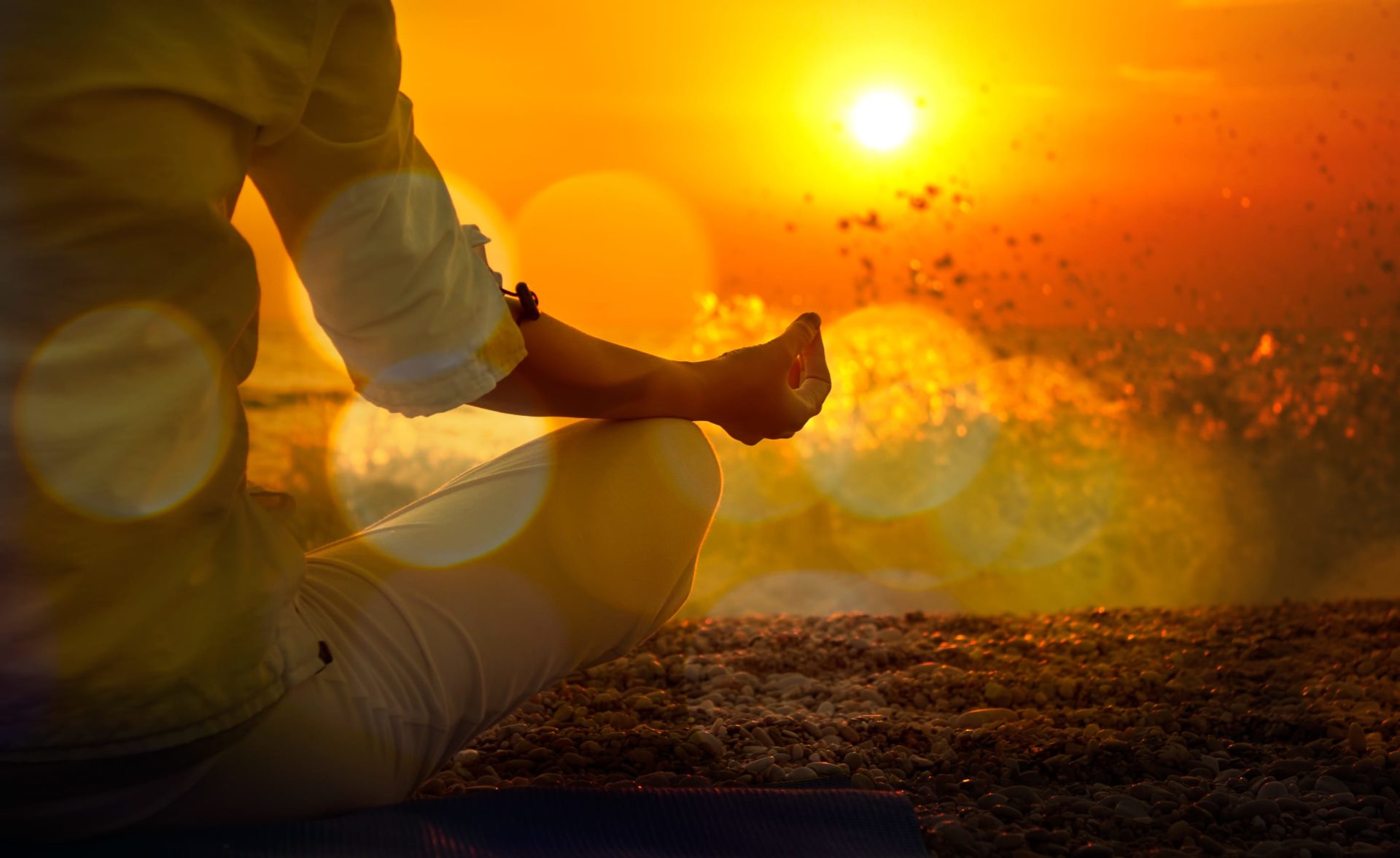When out of balance, the doshas can cause disease, decay and even death.
During stress, the sympathetic nervous system—the body’s “fight” emergency-preparedness system—becomes activated. Stress hormones such as adrenaline (also known as epinephrine) and cortisol are released from the adrenal cortex. These hormones make the heart pound and blood pressure rise.
The adrenal hormones are catabolic, meaning they trigger biological processes that burn energy and break down structures on a cellular level. Once the body becomes depleted, it becomes vulnerable to a number of ailments, which may manifest according to dosha imbalances.
Stress Reaction
The 3 doshas react to stress in different ways:
Vata. Common Vata symptoms like agitation, fear, intestinal disturbances, and difficulty focusing may all result from to the effects of stress on the nervous system and hormones. Rapid breathing from sudden stress depletes the body of carbon dioxide, which can increase feelings of anxiety.
Pitta. Common Pitta symptoms include anger, stomach acidity, acne, and rosacea. Signs of Pitta imbalance include diarrhea, burning sensations, skin irritations, odorous sweating, fever, inflammation, and a hypercritical or intense mental outlook. Pitta governs digestion and metabolism, so the fire may flare first in the small intestine and the stomach—Pitta’s main seats in the body—with excesses of digestive acid and bile.
Kapha. On a Kapha level, stress manifestation can turn into depression, heaviness, lethargy, and overconsumption of food.
From the perspective of Ayurveda, various asanas (yoga postures) can be used to pacify or tonify one or more of the doshas. Aggravated doshas are more likely to be in excess, rather than deficient, so the focus of these asanas is pacifying a hyperfunctioning dosha.
Vata stress relief
Those with Vata excess need grounding, development of focus, and stillness. For vata imbalances, recommended postures are those that will stabilize the body and bring the mind into a more focused state. The use of dhristi (gaze) is important, as focusing the eyes helps to still the mind and improve concentration.

Emphasize asanas that are performed slowly, with concentration. It is important to use the full extension of the joints, creating space within the body. The slow, full breath is more important than the posture itself. A good pranayama technique to use is a soft ujjayi, with long exhalations accompanied by an audible sound.
Click the Video to learn more:
TADASANA or Mountain Pose

• Stand with feet together or slightly apart, with the 4 corners of the feet completely flush to the ground
• Lift the knee caps while engaging the quadriceps muscles
• Fully extend the sides of the chest, drawing the shoulder blades toward each other into the back. Open the chest fully. Lower the shoulders as the collarbones widen laterally and the chest opens.
• If arms are overhead, turn outside of arms (triceps) inward with palms of hands slightly facing the back of the body.
Cautions. Tadasana is contraindicated in the presence of headaches, insomnia. If a person has high blood pressure, arms should not be held up for long, and the traditional hands on the hips or down at the sides of the body should be followed.
Excess Pitta can be soothed by cooling lifestyle practices. Mild perspiration is good, but not so stimulating that the body becomes overheated. Pranayamas like Bhastrika are beneficial, when caution is taken to concentrate the heat produced in the agni area, which is centered in the abdominal region.
Kapha stress relief
In the case of Kaphas, the asana practice should be done with two things in mind: generation of stamina and purification of physical tissues. Postures should be held long enough to challenge but not to strain. Energizing movement flows are recommended.
Sun Salutation is probably the most popular Yoga sequence. Surya Namaskar consists of 12 yoga poses (8 different postures) and is best to be practiced in the morning, in order to wake up the body and greet the sun.
The breath facilitates the transition from one posture to another: inhale while extending or stretching, and exhale while folding or contracting. The backward and forward bending yoga poses alternate, therefore inhalation and exhalationnaturally alternate during the sequence. Follow the breath carefully while moving through the poses. Slow down or stop if strain occurs, or if breathing becomes hard or shallow. Breathe through the nose (not the mouth), as the nose filters the air and warms it up. Since the sequence is a “salutation” to the sun, focus awareness on the energizing aspects of the breath and movement.
This sequence increases metabolism and reduces fat. Is is also believed to reduce anxiety, stress, depression. It may also improve insomnia. It promotes overall health, strength, and flexibility.
The Sequence

1. Mountain Pose (Tadasana)
2. Upward Salute (Urdhva Hastasana)
3. Uttanasana (Standing Forward Bend)
4. Yoga Lunge
5. Downward Facing Dog (Adho Mukha Svanasana)
6. Plank Position
7. Chaturanga Dandasana (Four-Limbed Staff Pose)
8. Upward Facing Dog (Urdhva Mukha Svanasana)
9. Downward Facing Dog (Adho Mukha Svanasana)
10. Yoga Lunge
11. Uttanasana (Standing Forward Bend)
12. Mountain Pose (Tadasana)
Cautions. Pregnancy or menstruation are contraindications. This practice is also not advisable in case of hernia or high blood pressure.
Returning to the self through sadhana
Like Mukunda Stiles says in Ayurvedic Yoga Therapy, the major emphasis on healing using yoga techniques is to keep the focus on one’s own sadhana as the most appropriate means to health. Returning to the self is health. As each of the doshas become refined, they produce a quality that uplifts the mind, making spiritual qualities more accessible. Vata produces prana that increases intuition. Pita creates tejas that gives the experience of everything as light. Kapha produces ojasthat gives both physical and mental endurance and persistence.
Tip:
We will keep updating these product reviews periodically. Stay tuned! Bee Well News, your source to the latest wellness articles!

